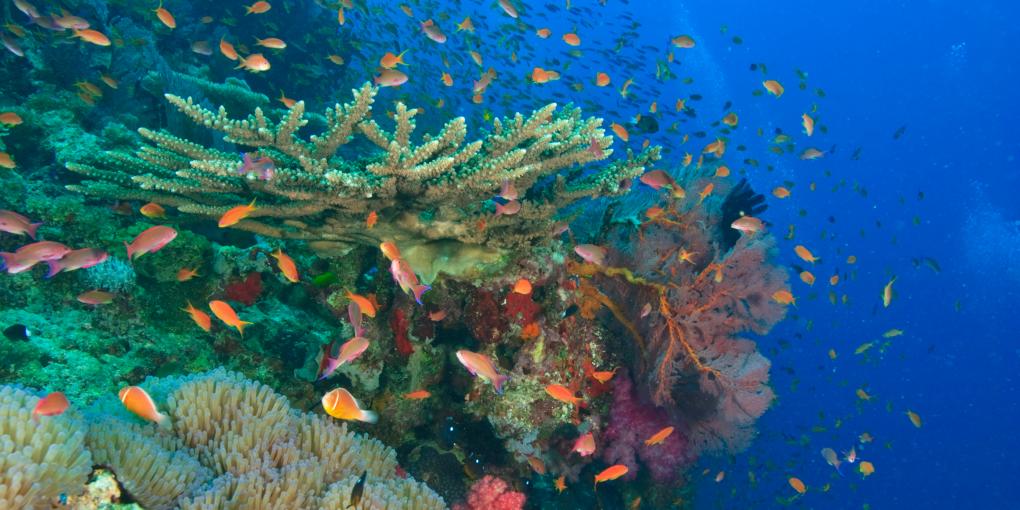Did you know that chlamydia infects microalgae?!

It is well known that coral reefs consist of a complex and interconnected assemblage of symbiotic microorganisms living both on the surface and within the tissue of the host coral animal.
This includes beneficial microalgae that provide nutrients to the coral via photosynthesis, as well as a diversity of bacteria, fungi, viruses, and archaea with varying roles in this community.
The microalgae themselves can also form associations with a range of bacteria. Fascinatingly, in a study by Maire et. al (2024) it was recently found that one such bacterium is a species of the Chlamydiae – a group of pathogens and parasites, with the most renowned example causing the most common STD in humans. 16S rRNA sequencing determined that it made up approximately 2/3 of the bacterial community associated with the tested dinoflagellate algal species.
Chlamydiae infect a huge range of eukaryotes and are dependent on living within host cells for growth and survival. This is the first time that chlamydiae have been found with a photosynthetic host!
To prove whether the algae are a true host of the chlamydiae, showing evidence of being infected, the authors performed microscopy and genomics-based approaches using pure algal cultures and DNA isolated from their closely associated bacterial symbionts.
Fluorescence in situ hybridization (FISH) using a chlamydiae-specific probe pinpointed the bacteria within the algal cells and on their cell walls via fluorescence microscopy, and their presence was confirmed via transmission electron microscopy.
To assess the microbial communities closely associated with the algal culture, Maire et. al used the Ramaciotti Centre’s NATA Accredited ‘Client Prepared Library’ service, where we performed next-generation sequencing using the NovaSeq 6000 SP 2 × 150 bp flowcell.
This short-read sequencing data was combined with long-read sequencing data, and a metagenome-assembled genome was recovered and determined to belong to an undescribed Simkaniaceae genus. It has a reduced genome, lacking numerous biosynthetic pathways, suggestive of relying on host provision of energy and many metabolites. It also encodes hallmark virulence-associated genes. The nature of this symbiotic relationship is currently unknown.
Congratulations to Maire et al on their publication in The ISME Journal – read the full publication here!
News article written by Dr Christie Foster



